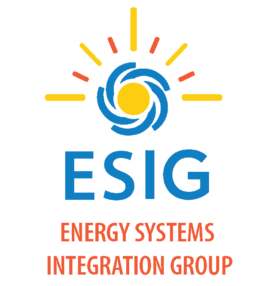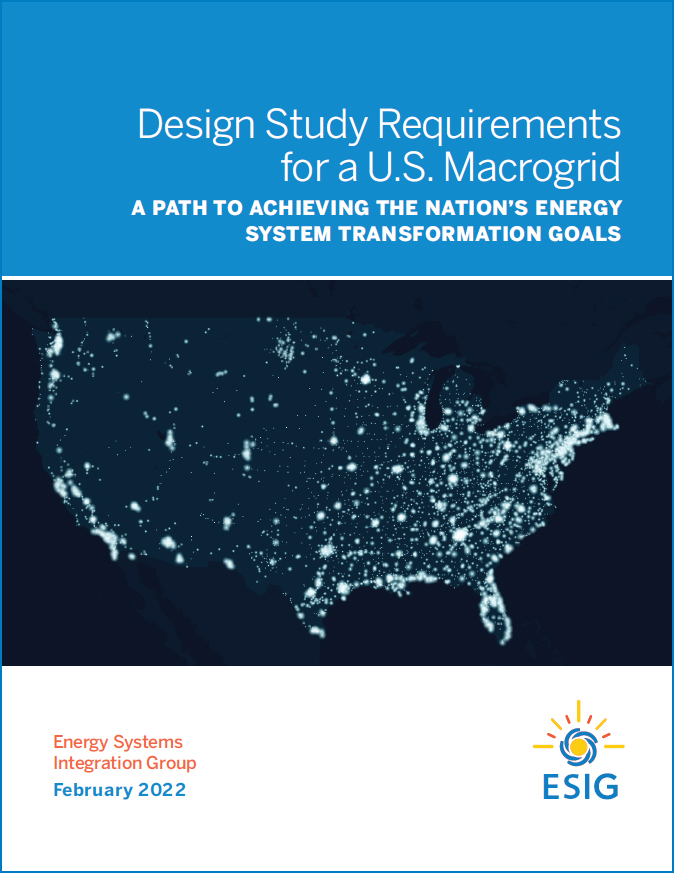The massive expansion of the bulk transmission system necessary to support very high levels of clean electricity requires rethinking our current approach to expanding the grid. The report Design Study Requirements for a U.S. Macrogrid: A Path to Achieving the Nation’s Energy System Transformation Goals articulates a set of recommendations for the next stage of proactive transmission planning of a national-scale HVDC macrogrid, which could be built over and interconnected into the existing AC grid. The report draws from several comprehensive studies of a clean energy future for the United States and a series of workshops hosted by ESIG that brought together experts from across the industry, and delves into the reliability, resilience, economic, and operational aspects of the design.
Benefits of a Macrogrid
The benefits of a national macrogrid include increased reliability, as macrogrid technologies would tie regions together in ways that facilitate better and more efficient overall grid performance, with energy, capacity, and ancillary services being deliverable among all regions of the country. A macrogrid would also reduce the bulk power system’s susceptibility to failure and allow faster recovery from outages. It would bring resilience benefits, as the interconnectivity provided by a macrogrid spanning the country would help to ensure the resilience of the electricity infrastructure on which residents and the economy depend.
Other benefits would be economic: a macrogrid would substantially reduce the overall cost for a clean energy future, saving as much as one trillion dollars. It could facilitate the use of the most economically attractive resources, which can be dispatched to cover energy demand across four time zones to serve all regions and customers. And HVDC transmission has lower costs when transmitting electricity over hundreds of miles. And it would provide operability benefits, with the macrogrid adding an overarching layer on the existing grid management structure, enabling the coordination of national and regional energy flows.
Analyses Needed to Arrive at a Feasible Macrogrid Design
To date, the many facets of design, construction, and operation of a macrogrid have received only cursory or qualitative attention. The ESIG transmission workshops proposed that a cadre of studies be launched to develop the next level of quantitative detail about how a properly designed macrogrid could transform the operation of the electrical infrastructure in the United States.
The report devotes a chapter to each of five major components in the next steps of macrogrid design. First, the initial design studies will need to include technology selection (with a recommendation for networked, multi-terminal HVDC based on voltage source converter (VSC) technology), macrogrid topology, circuit capacities, and performance evaluation. Following these are a reliability assessment (including stability analysis), a resilience analysis, an assessment of economics and feasibility, and an operations analysis.
Today brings a convergence of the national push for very high levels of clean electricity and recent advances in HVDC transmission technology, creating a unique opportunity for a detailed exploration of a new approach to the nation’s transmission expansion process. This report aims to give clear action steps to move such a process forward.





